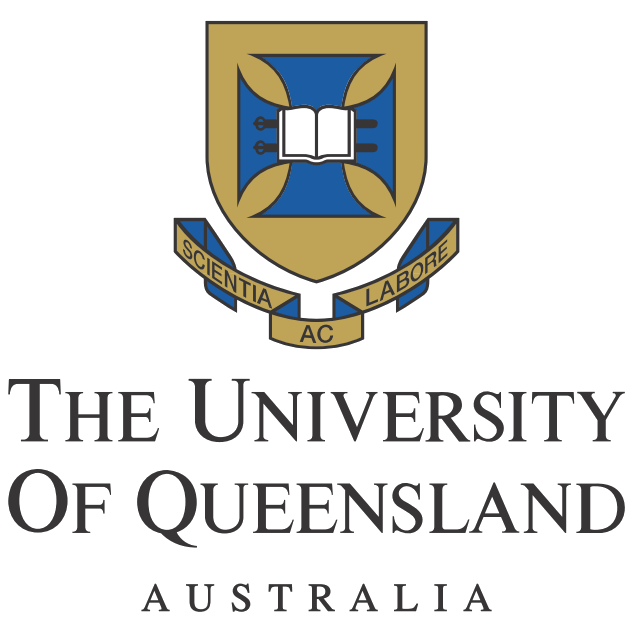In exciting news for Asian rhino conservation, there have been two important new rhino calves born in 2016. The first, a newborn female Sumatran rhino calf to 14 year old and second time mum Ratu and the second a newborn male greater one-horned rhino calf, born in Bardia National Park, Nepal – only a few short months after the translocation of the mother and four other rhinos.
The Sumatran rhino calf, which is yet to be named, was born in the Sumatran Rhino Sanctuary in Indonesia. The birth is significant as the population of Sumatran rhinos is less than 100 world-wide. Sumatran rhinos have disappeared from much of their former range and face many threats including poaching and habitat loss. This birth, the second in the Sumatran Rhino Sanctuary since 2012, aids the conservation efforts to save this critically endangered species.
In Nepal the birth of the male greater one-horned rhino calf is important as it shows that the mother is doing well in the new translocated area. A program officer with WWF’s wildlife conservation team, Nilanga Jayasinghe said, “This healthy calf, born to a recently-translocated female in the Babai Valley of Bardia National Park, Nepal, is a shining beacon of hope for greater one-horned rhinos.” The five greater one-horned rhinos were translocated from Chitwan National Park to Bardia National Park earlier this year to establish new populations in areas where the rhinos used to be found. The translocation efforts for the greater one-horned rhinos will continue through 2018, with the aim of translocating 30 rhinos from Chitwan National Park to Bardia National Park and Shuklaphanta Wildlife Reserve.
Read more about the Sumatran rhino Calf here or about the one- horned rhino calf here.
-Georgina Hockings

